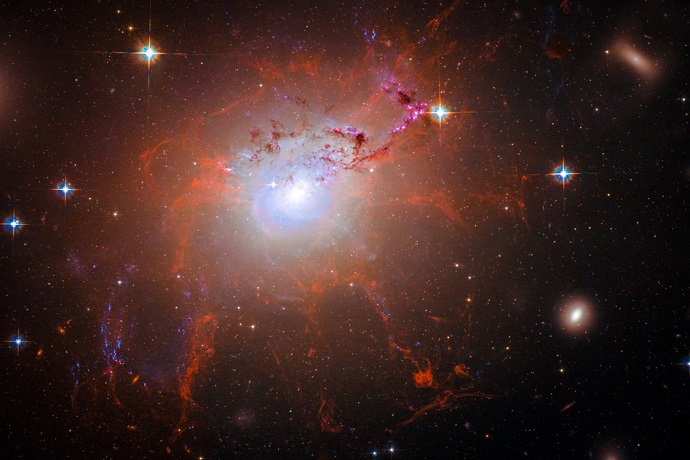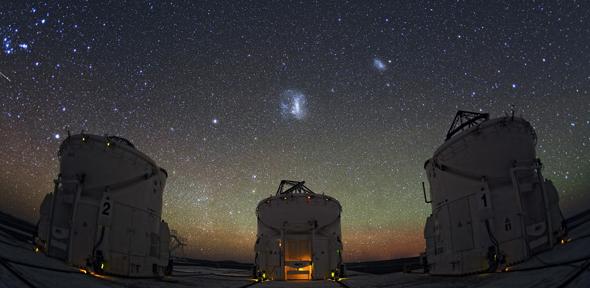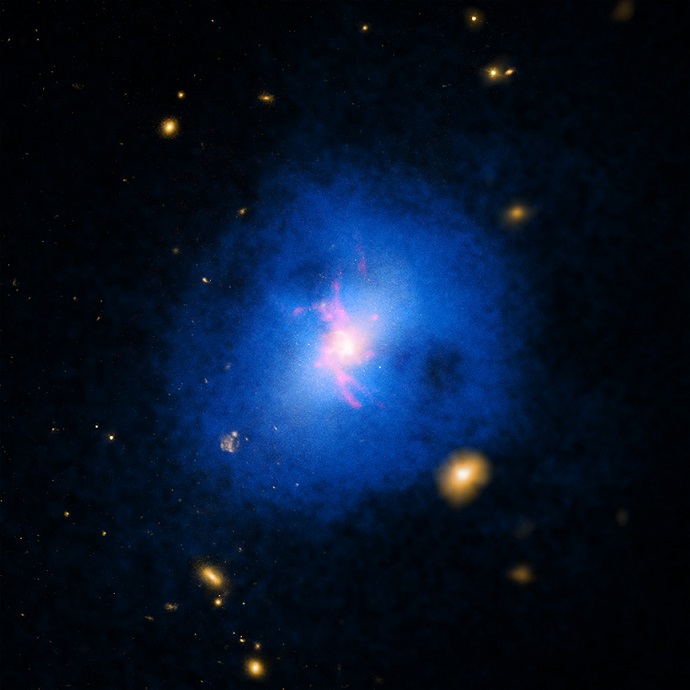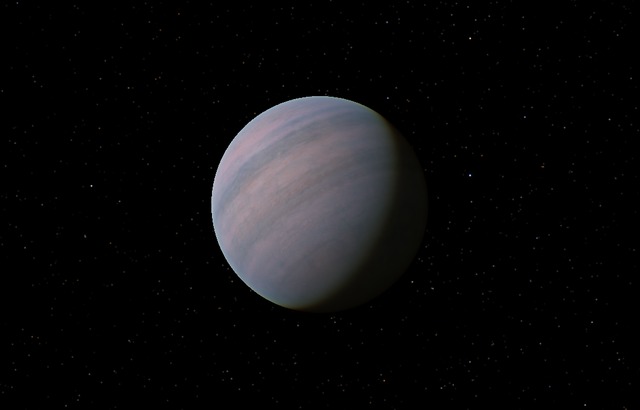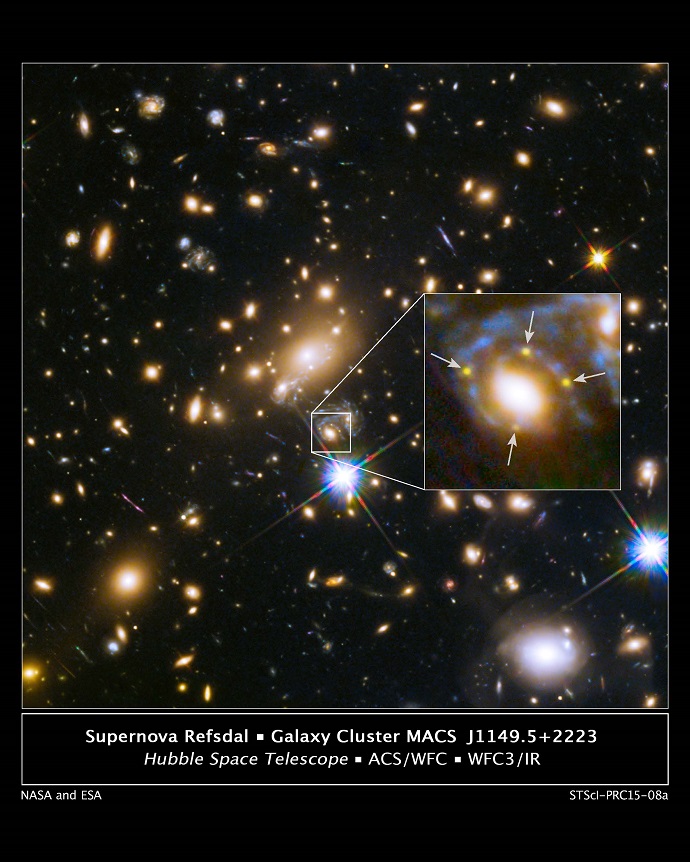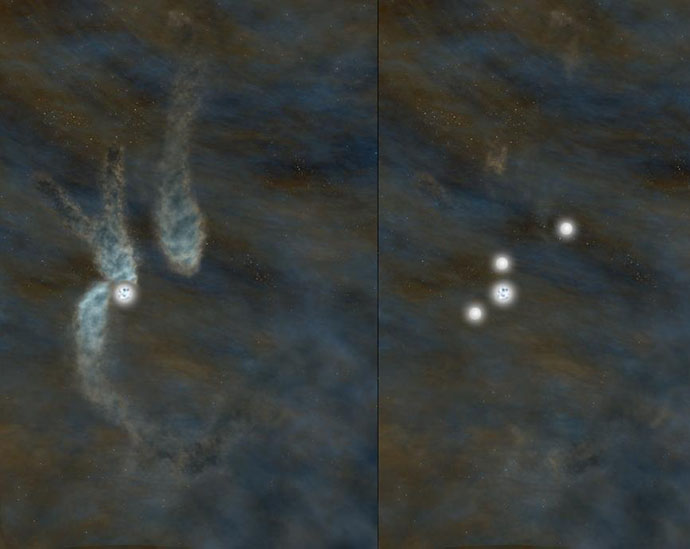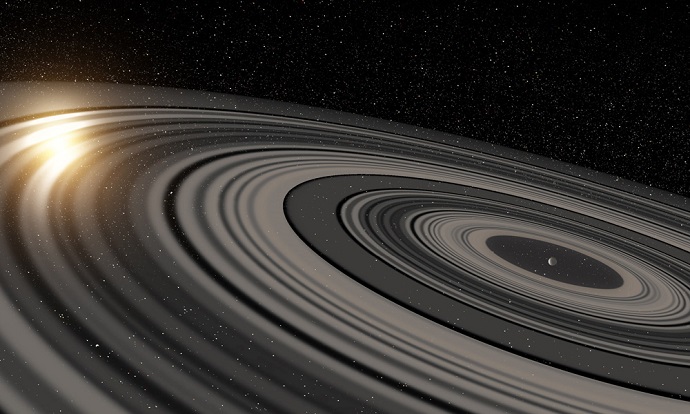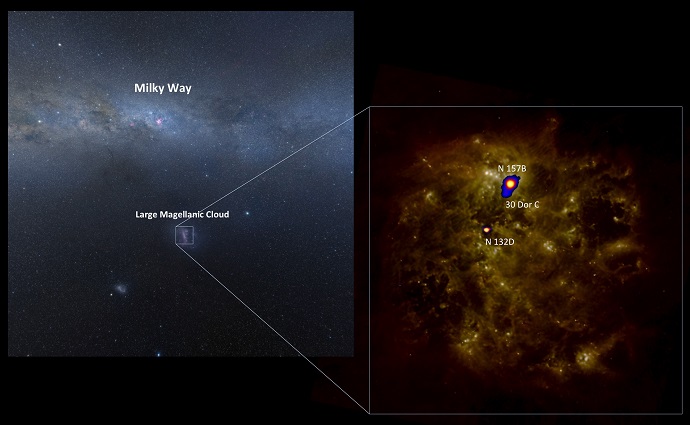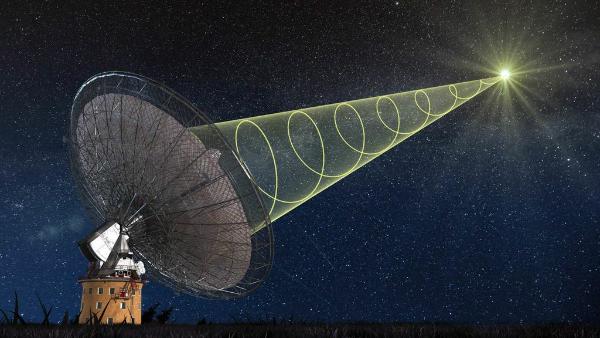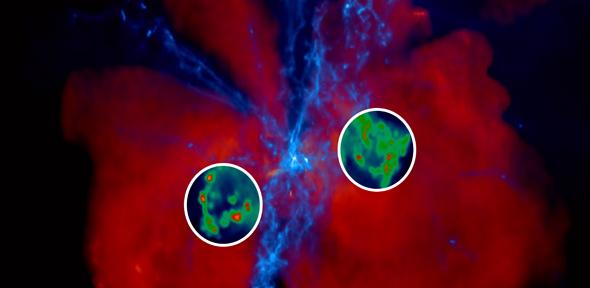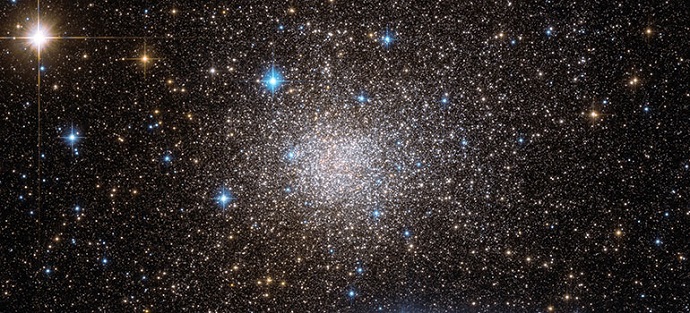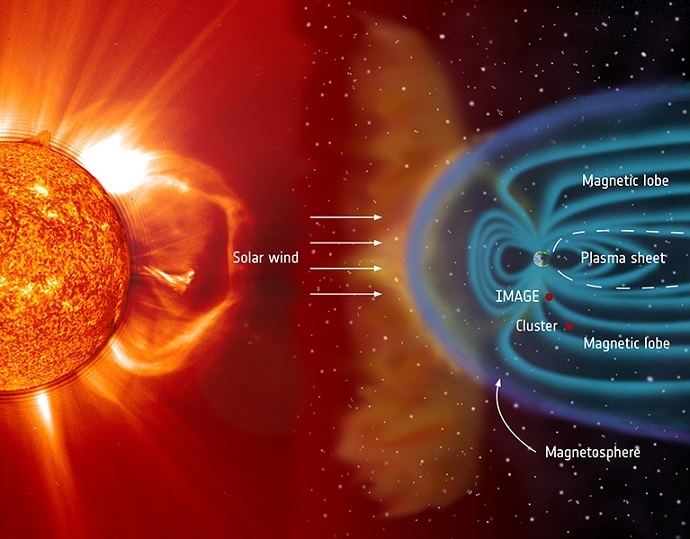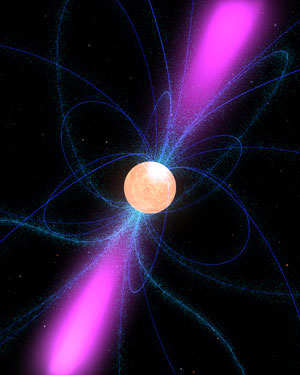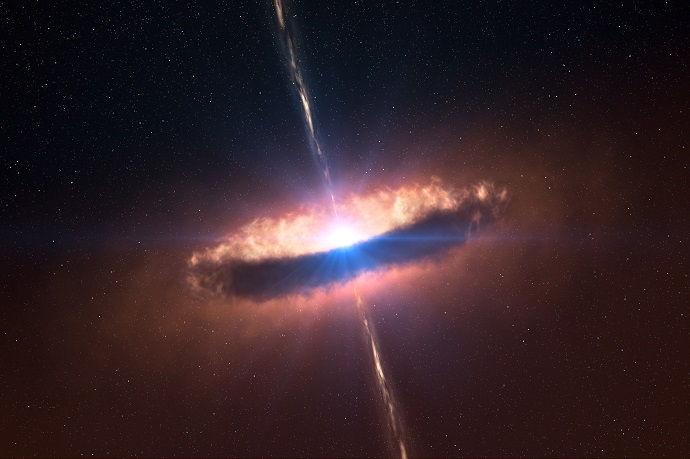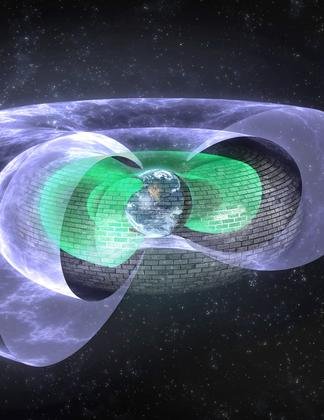
Why isn’t the universe as bright as it should be?
Study explains why galaxies don’t churn out as many stars as they should.
A handful of new stars are born each year in the Milky Way, while many more blink on across the universe. But astronomer…
Read >>Welcome to the neighbourhood: new dwarf galaxies discovered in orbit around the Milky Way
A team of astronomers from the University of Cambridge have identified nine new dwarf satellites orbiting the Milky Way,…
Read >>A star is born: Galactic 'rain' could be key to star formation
Some of the galaxies in our universe are veritable star nurseries. For example, our own Milky Way produces, on average,…
Read >>‘Habitable’ planet GJ 581d previously dismissed as noise probably does exist
A report published in Science has dismissed claims made last year that the first super-Earth planet discovered in the ha…
Read >>UCLA physicists offer a solution to the puzzle of the origin of matter in the universe
New research by UCLA physicists, published in the journal Physical Review Letters, offers a possible solution to the mys…
Read >>Astronomers report first discovery of a distant star exploding into a supernova
UCLA scientist says finding, using multiple images that reached Earth at different times, advances the understanding of dark matter
The galaxy cluster is so large that its gravity bends and intensifies the light from the supernova, which resides roughl…
Read >>A close call of 0.8 light years
Astronomers identify the closest known flyby of a star to our solar system: a dim star that passed through the Oort Cloud 70,000 years ago
A group of astronomers from the US, Europe, Chile and South Africa have determined that 70,000 years ago a recently disc…
Read >>In a First, Astronomers Catch a Multiple Star System in the Process of Forming
This week an international team of astronomers reports the first multiple-star system to be observed during the earliest…
Read >>Gigantic ring system around J1407b much larger, heavier than Saturn’s
Astronomer Eric Mamajek at the University of Rochester and his co-author from the Leiden Observatory, The Netherlands, h…
Read >>Planets outside our solar system more hospitable to life than we'd thought
A study by astrophysicists at the University of Toronto suggests that exoplanets – planets outside our solar system – ar…
Read >>Astronomers discover a replica solar system
Scientists have located an ancient solar system, dating back to the dawn of the galaxy, which appears to be a miniature…
Read >>Gamma-ray telescope H.E.S.S. discovers three most extremely luminous gamma-ray sources in Milky Way’s satellite galaxy
Cosmic particle accelerators, mostly supernova remnants and pulsar wind nebulas, i.e. end products of massive stars, are…
Read >>Cosmic radio burst caught red-handed
Lasting only milliseconds, the first such radio burst was discovered in 2007 by astronomers combing the Parkes data arch…
Read >>Galactic ‘hailstorm’ in the early Universe
Astronomers have been able to peer back to the young Universe to determine how quasars – powered by supermassive black h…
Read >>Astronomers use vanishing neutron star to measure space-time warp
In an interstellar race against time, astronomers have measured the space-time warp in the gravity of a binary star and…
Read >>Unusual Light Signal Yields Clues About Elusive Black Hole Merger
The central regions of many glittering galaxies, our own Milky Way included, harbor cores of impenetrable darkness—black…
Read >>Origin of long-standing space mystery revealed
A University of Southampton researcher has helped solve a long-standing space mystery – the origin of the ‘theta aurora’.
The mystery was finally solved by studying data collected simultaneously by the European Space Agency’s Cluster and NASA…
Read >>New paper explains methods that may lead to new insights about dark matter
A new paper, co-authored by University of Notre Dame astrophysicist Joseph Bramante, discusses how detecting imploding p…
Read >>Cosmic Jets of Young Stars Formed by Magnetic Fields
International team of researchers uses laser light and intense magnetic fields to simulate astrophysical jets in the lab
International team of researchers uses laser light and intense magnetic fields to simulate astrophysical jets in the lab
Read >>Star Trek-like invisible shield found thousands of miles above Earth
A team led by the University of Colorado Boulder has discovered an invisible shield some 7,200 miles above Earth that bl…
Read >>
There are 385 articles in Astronomy & Space
Astronomy & Space Archive
